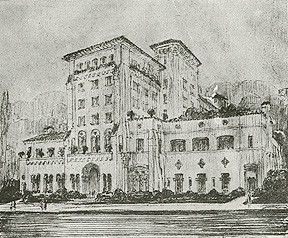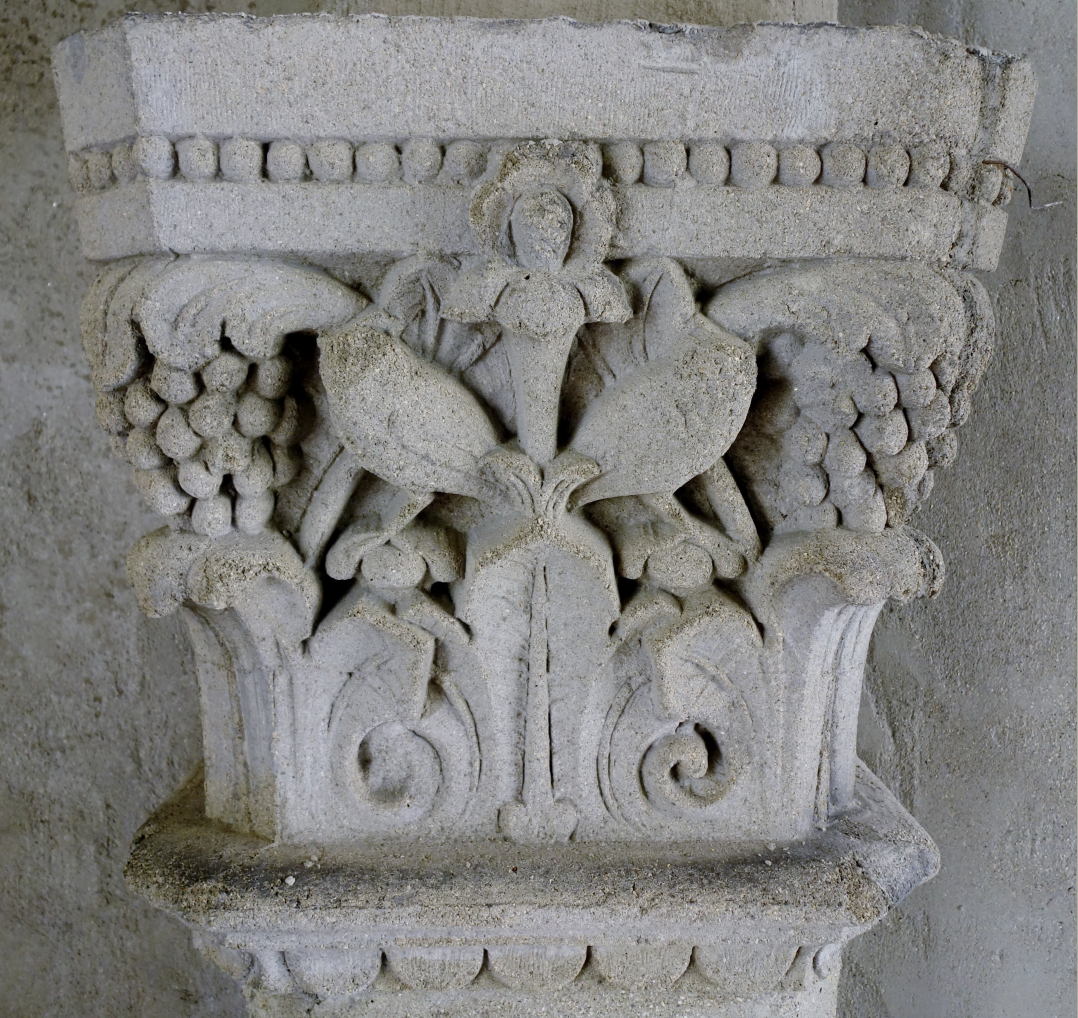
Secrets of the Castle
This is a building that rewards observation. Julia Morgan included many grace notes and discovering them is always a delight. It may be the way light enters a particular room at a certain time of day. It may be the creatures that embellish fireplace surrounds. There is always something to soothe your spirit and lift your heart.
We hope these questions give you an opportunity to look more closely and to (re)discover the Berkeley City Club.
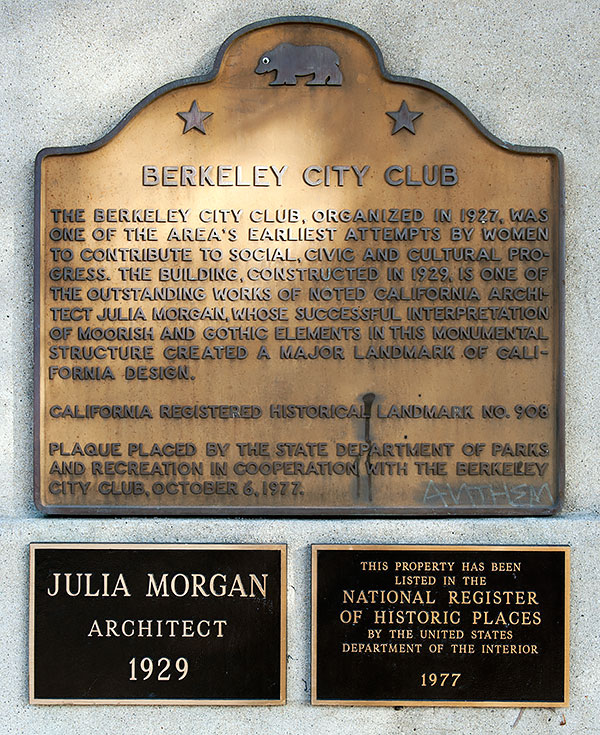
The nonprofit now known as the Berkeley City Club Conservancy has had other names during its 50 years of existence. What were they?
The Berkeley City Club Foundation was incorporated in 1965 with broad objectives that included many philanthropic activities. Over the years its mission became more focussed on the preservation of the City Club building and in 1983 its name was changed to the Landmark Heritage Foundation. The Berkeley City Club Conservancy name was adopted in 2013.
Under each of these names the Conservancy has striven to maintain the structural and architectural integrity of Julia Morgan’s “Little Castle”.
Many of the column capitals in the Club combine acanthus leaves and flowers. But there are others that include birds, grape clusters and even seahorses. Where are those located?
Birds can be found in the capitals of the columns that flank the entranceway to the City Club as well as those in the West Court.
The West Court capitals also feature grape clusters.
Seahorses are featured in the columns that surround the pool.
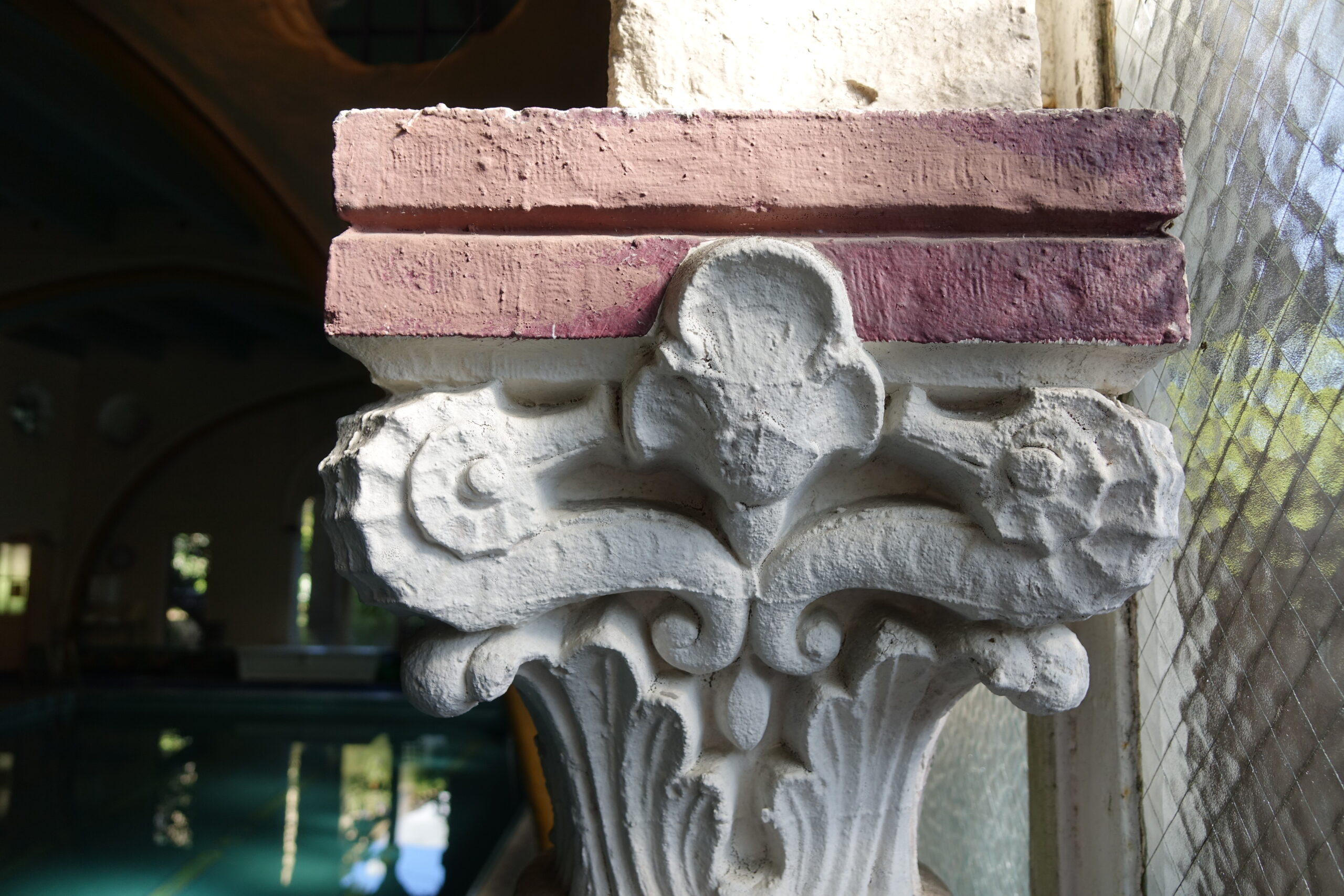

The lanterns that were originally placed in the pool have been dispersed – and reproduced. Where can they be found?
The lanterns that were originally used to illuminate the pool had to be moved because the humidity was causing them to deteriorate.
The lanterns can now be found on the Terrace and at the Coffee Corner.
What is spalling? How does concrete become spalled and how can it be repaired?
Spalling is the breaking off of fragments of material from a larger solid body. Steel-reinforced concrete can become spalled when water penetrates the surface and causes the rebar to rust. The rebar expands, pushing the concrete out. The concrete cracks and the fragments that break off are called “spall”.
The repairs undertaken at the City Club to repair spalled concrete have involved removing the concrete and either cleaning the rebar of rust or, if necessary, cutting it back and replacing it. The concrete is then patched and a waterproof coating is applied to prevent future problems.
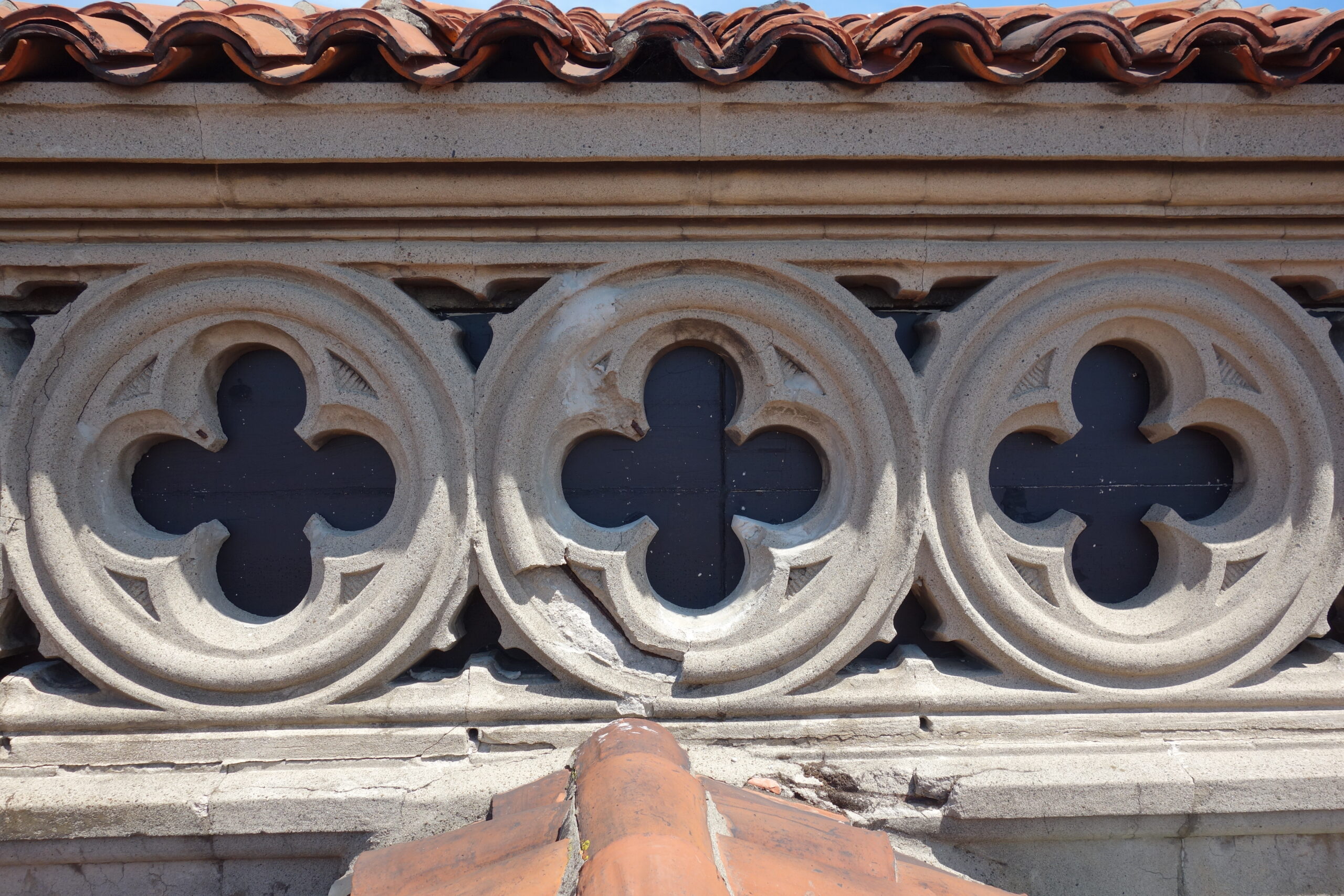

After 80 years of use, the original pool filters were replaced with stainless steel energy efficient filters. How much water passes through them each day? What is the filtering mechanism?
The pool contains approximately 80,000 gallons of water. The water passes through the filters approximately 3.5 times per day. So the answer to our math quiz is 280,000 gallons.
The original filters installed in 1930 were the same type used by Morgan at San Simeon: rapid sand filters. Two high rate sand filters manufactured by Natare Corp. replaced the old ones. In addition to the stainless steel filter tanks, there’s a surge tank – a storage tank that mitigates pressure variations caused by rapid changes in water velocity.
Some years ago Julia Morgan’s original drawings for the building were discovered. Where were they found? Where are they now?
Mary Breunig found the drawings forgotten on a shelf in the basement.
The drawings were scanned and the originals were donated to the U.C. Berkeley College of Environmental Design Archives.
